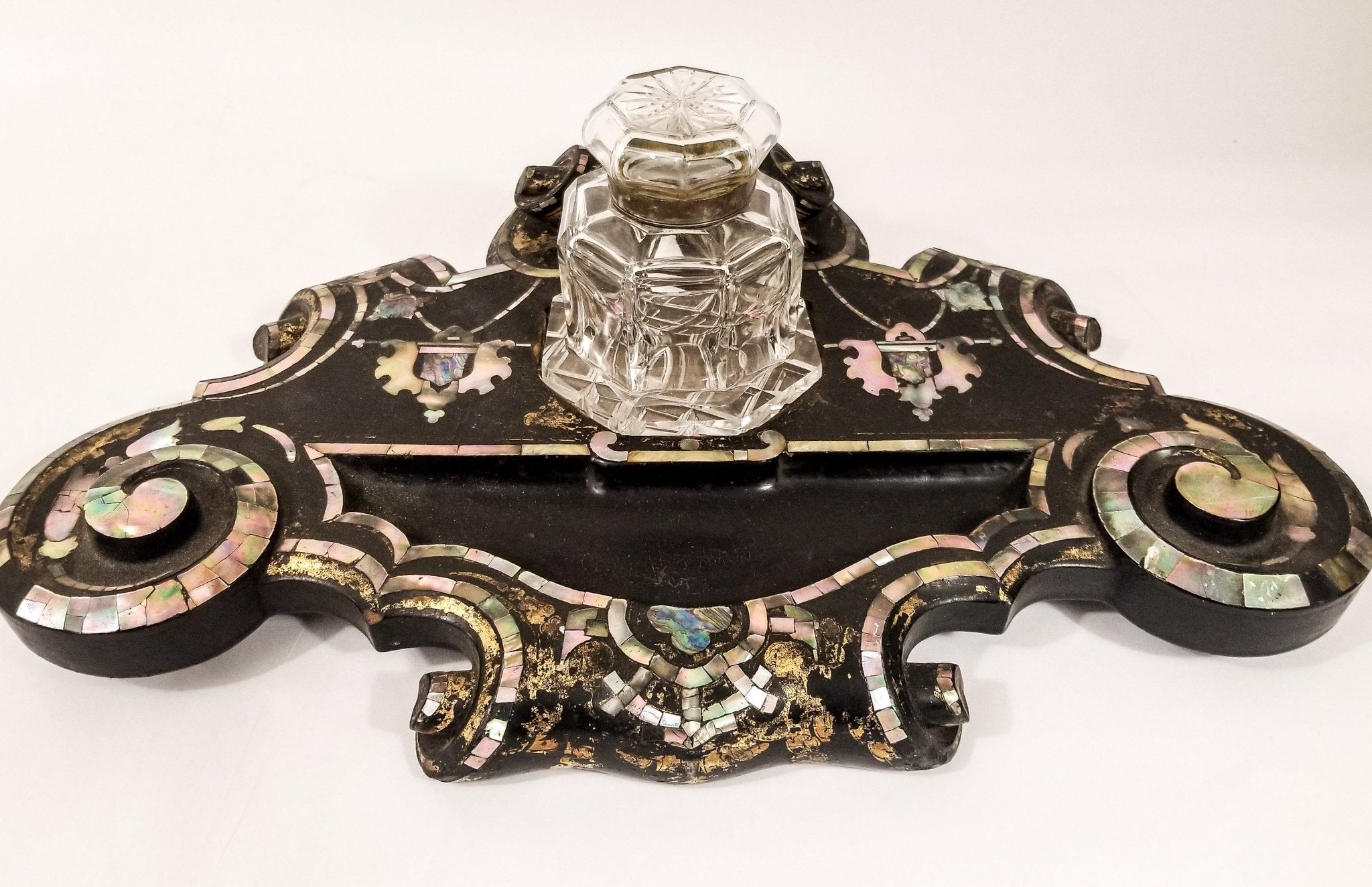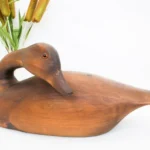
Open Daily 10am - 5pm
12,000sq.ft. of amazing items!
Free and easy parking!

If there was ever an easy way to identify an antique snob, it’s their quick and confident assignment of some “period” to a never-before-seen object. You hear these monikers all the time: Victorian, Art Nouveau, Art Deco, Arts & Crafts, Modern, Post Modern, etc. etc. And how can something be Post-Modern anyway? There are even periods within periods: the Belle Epoque era, a prosperous and creative time before WWI, seems to include several other periods. While we can’t sort all that out in a single column, we can unpack them one by one. Let’s start with Art Nouveau.
First of all, historians generally agree that the Art Nouveau encompassed the years 1890 to just before WWI. Originating in France, it was a free-thinking time in which jewelry designers were looking to break away from the dour influence of Queen Victoria. Not unlike the mid-century modern era of a half-century later, original design mattered more than the intrinsic value of the materials. Precious and semi-precious stones and metals became much less in evidence. Linearity was out; soft free flowing lines were in.
During this time, French designers were also looking elsewhere for inspiration. The Arts & Crafts movement with its emphasis on hand craftsmanship was alive in England, and Asian furniture with its highly detailed inlays and glossy finishes was gaining adherents. As a result, French jewelry from the period gained an international veneer while maintaining its unique style.
Symbolism became rife. Insects such as dragonflies and butterflies were popular subjects in a profusion of colors, and half-draped nymphs with accents of pearl were another common theme. Insofar as the women’s suffrage movement in Europe was beginning to stir, these pins and brooches became symbols of the times. It was a subtle way for contemporary women to acknowledge their sexuality and budding influence.
Apart from the subject matter, Art Nouveau jewelry can often be identified by its mosaic-like construction. Tiny pieces of transparent stone or glass were often set together like a miniature leaded window, allowing for light to flow in from the back and illuminate the image. Proper execution of this art took great skill, as did the creation of guilloche designs, a painstaking method of engraving in a substance then overlaid with a finish to create depth. Brilliantly colored cigarette cases in silver with guilloche inlays remain a popular collector’s category to this day.
Despite the anonymity today of most Art Nouveau designers, a few remain household names. The most celebrated has to be Rene Lalique, better known for his glass but also a master designer of jewelry. Other august names in the category include Georges Fouquet and Henry Vever. While a Fouquet bracelet of astonishing detail sold at auction in 1987 for more than $750,000, contemporary collectors have largely moved away from the fussiness and fragility of many Art Nouveau pieces. All the same, its beauty and craftsmanship is unmistakable. Maybe it’s time you look into it!





We’ll email you about the latest events, sales, and general store updates.

Our antique gallery is located just south of downtown Palm Springs, with free parking and air conditioning throughout.
Open Daily: 10am – 5pm
505 E Industrial Pl.
Palm Springs, CA 92264
© Copyright Antique Galleries of Palm Springs 2024